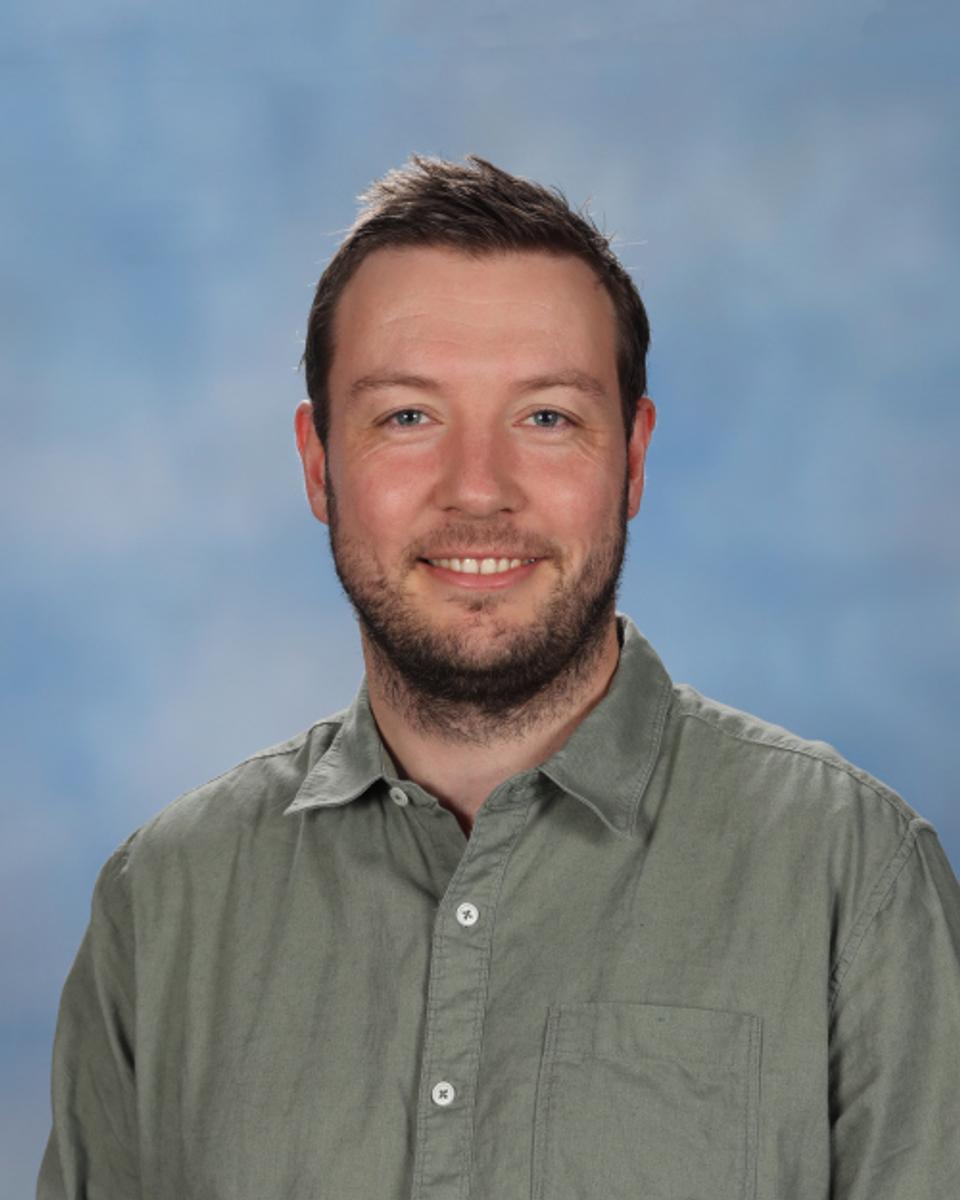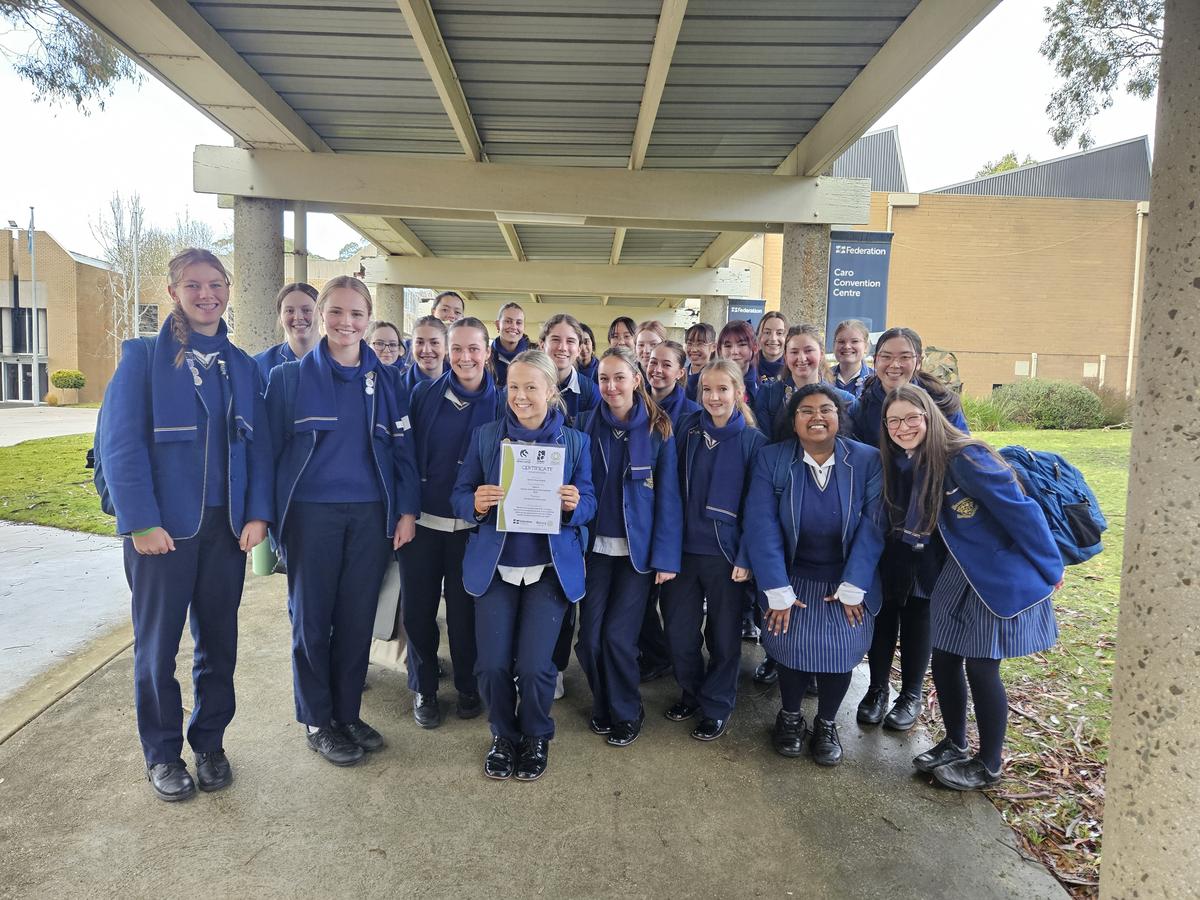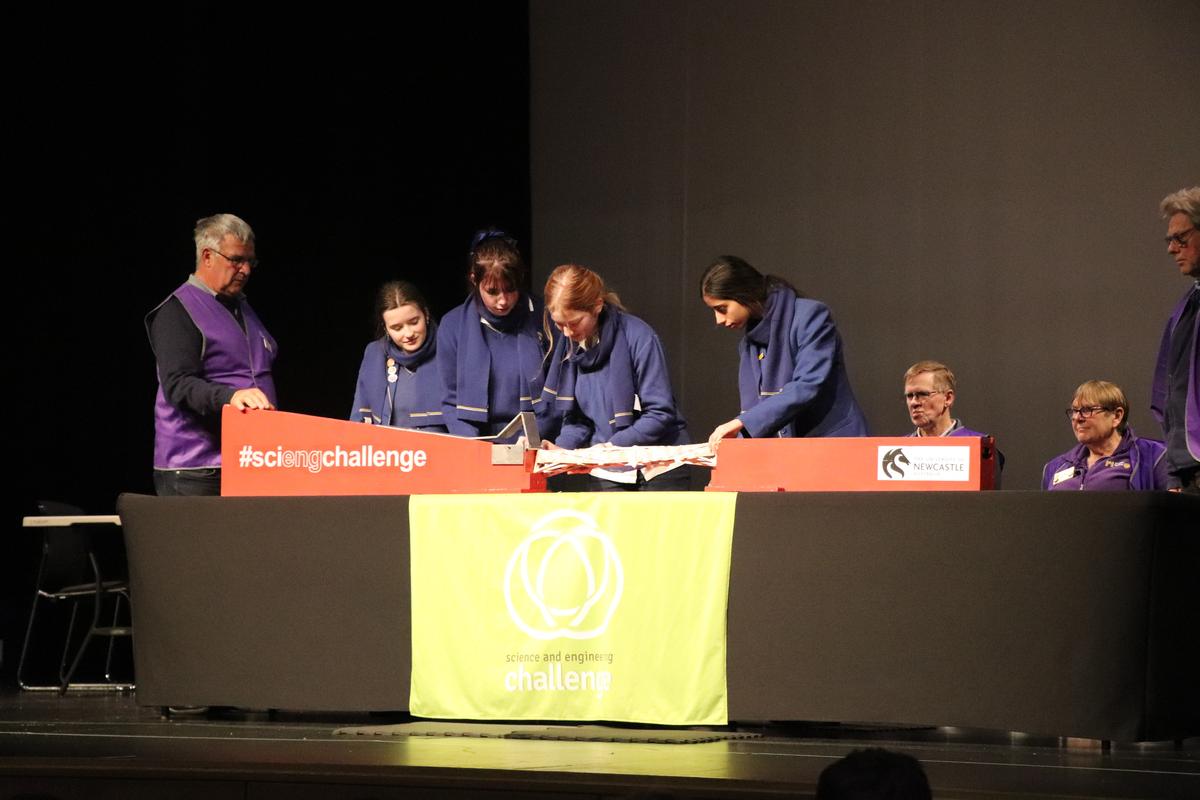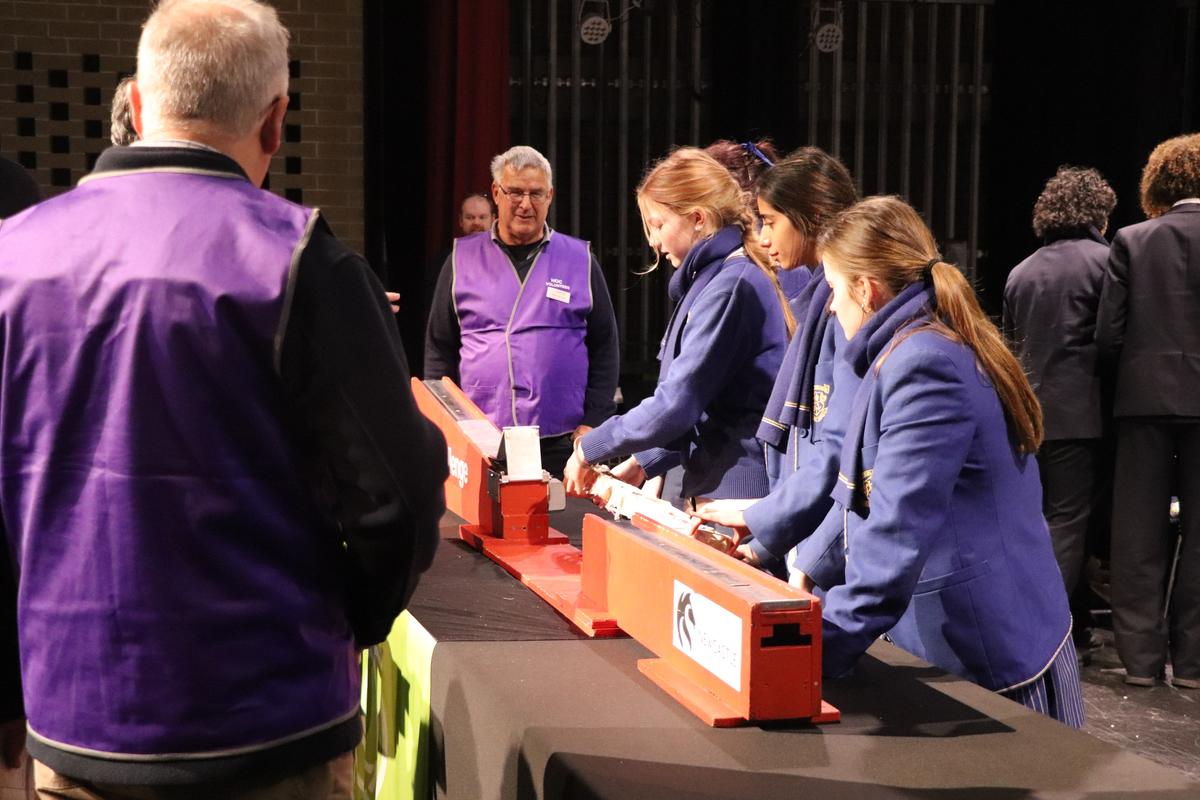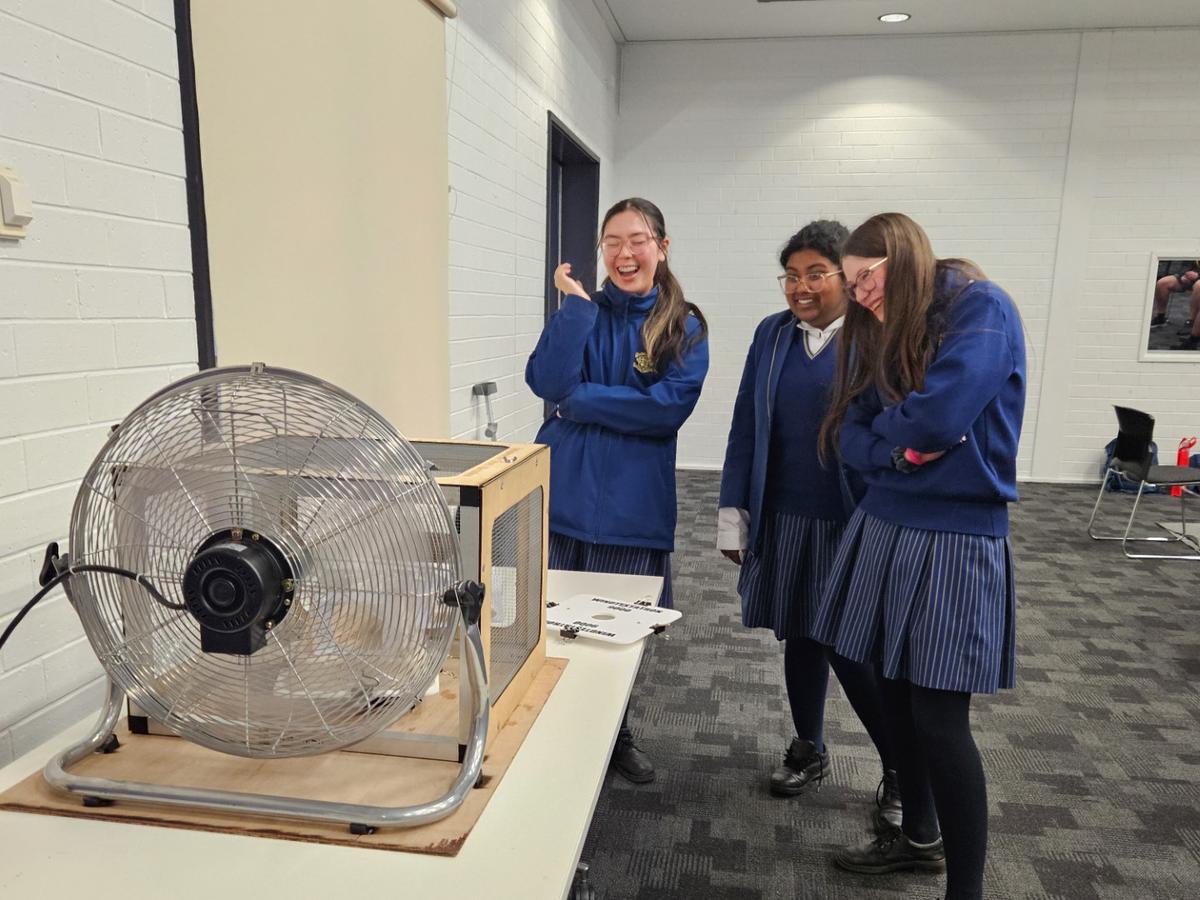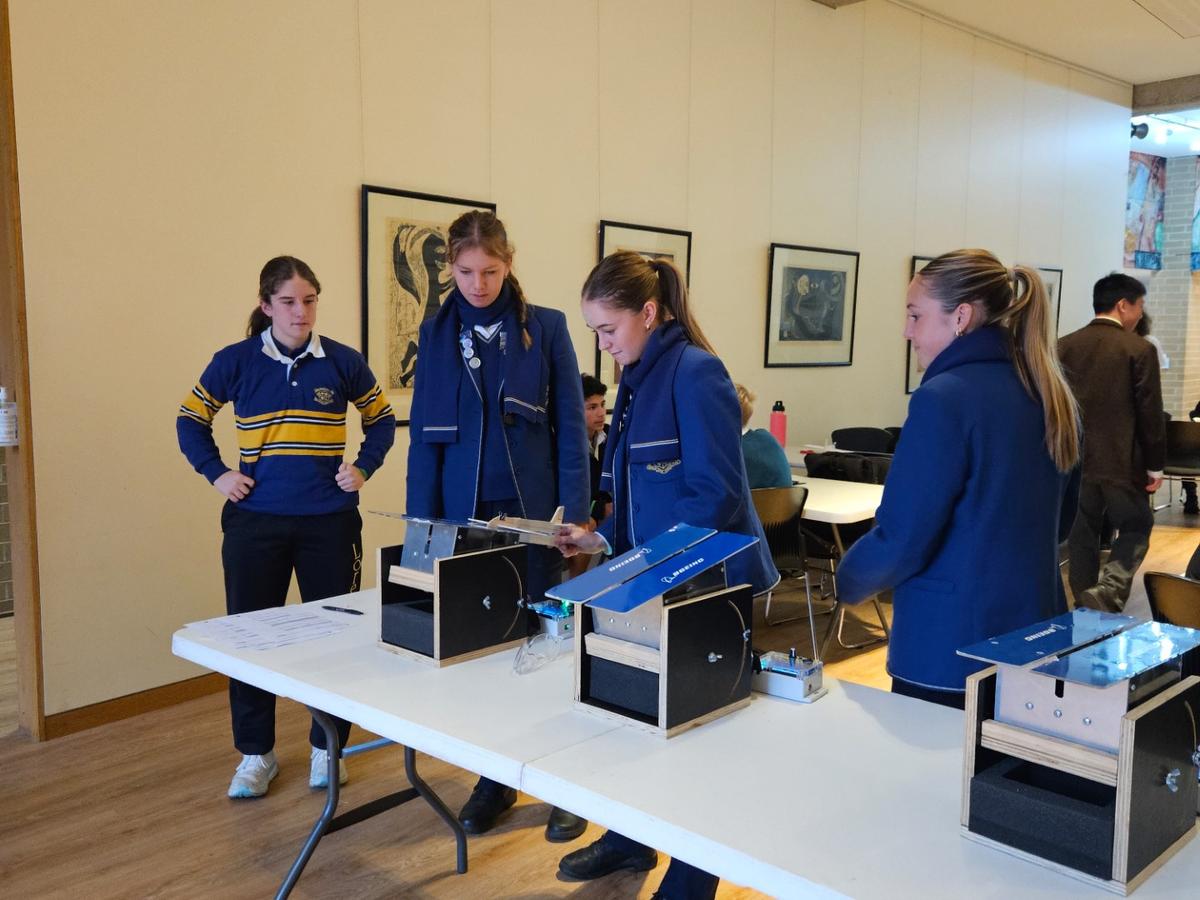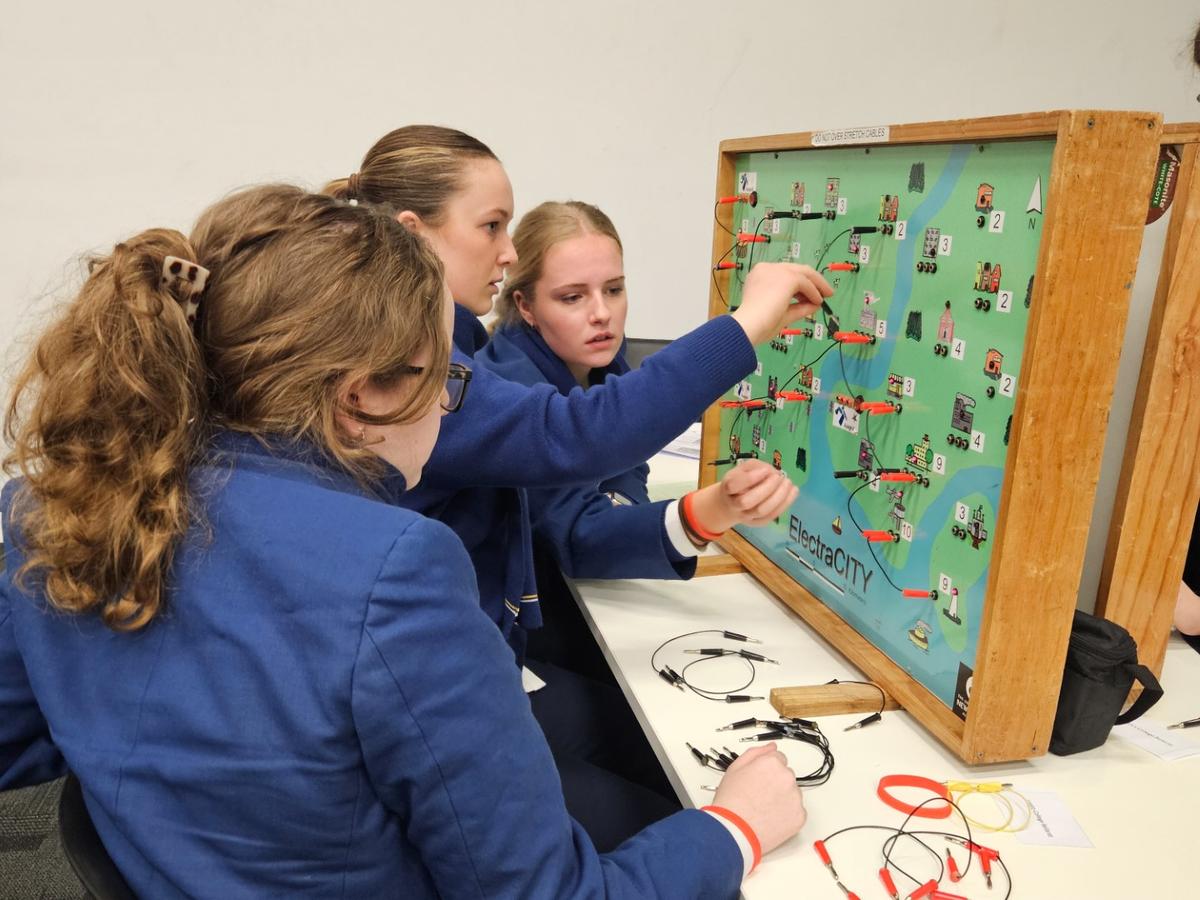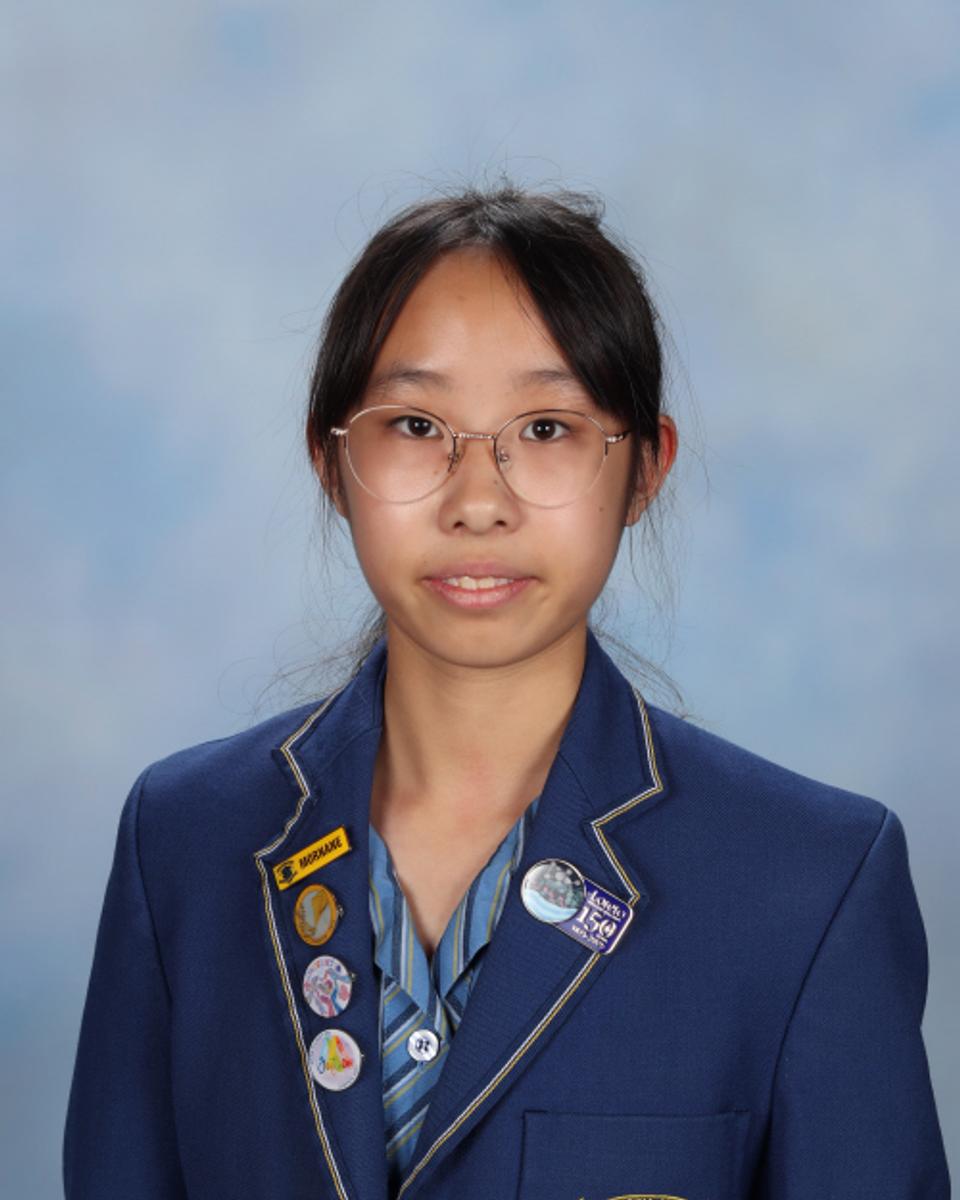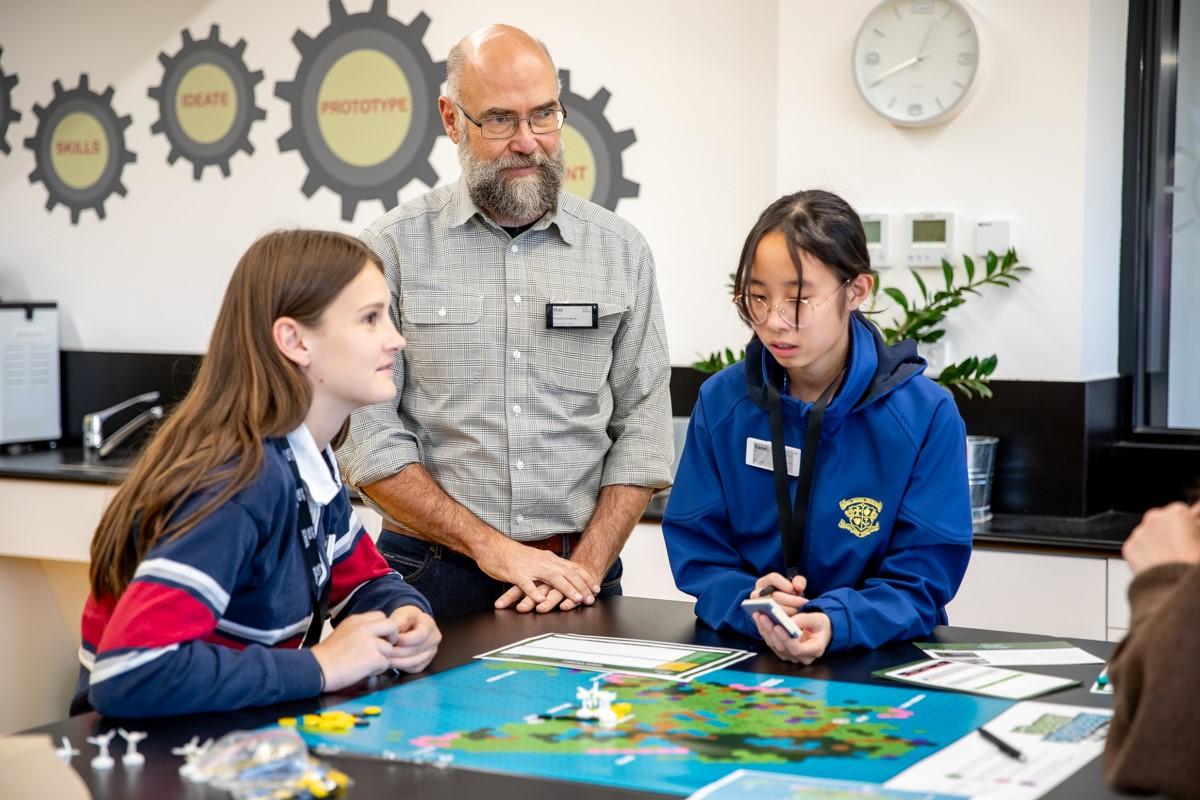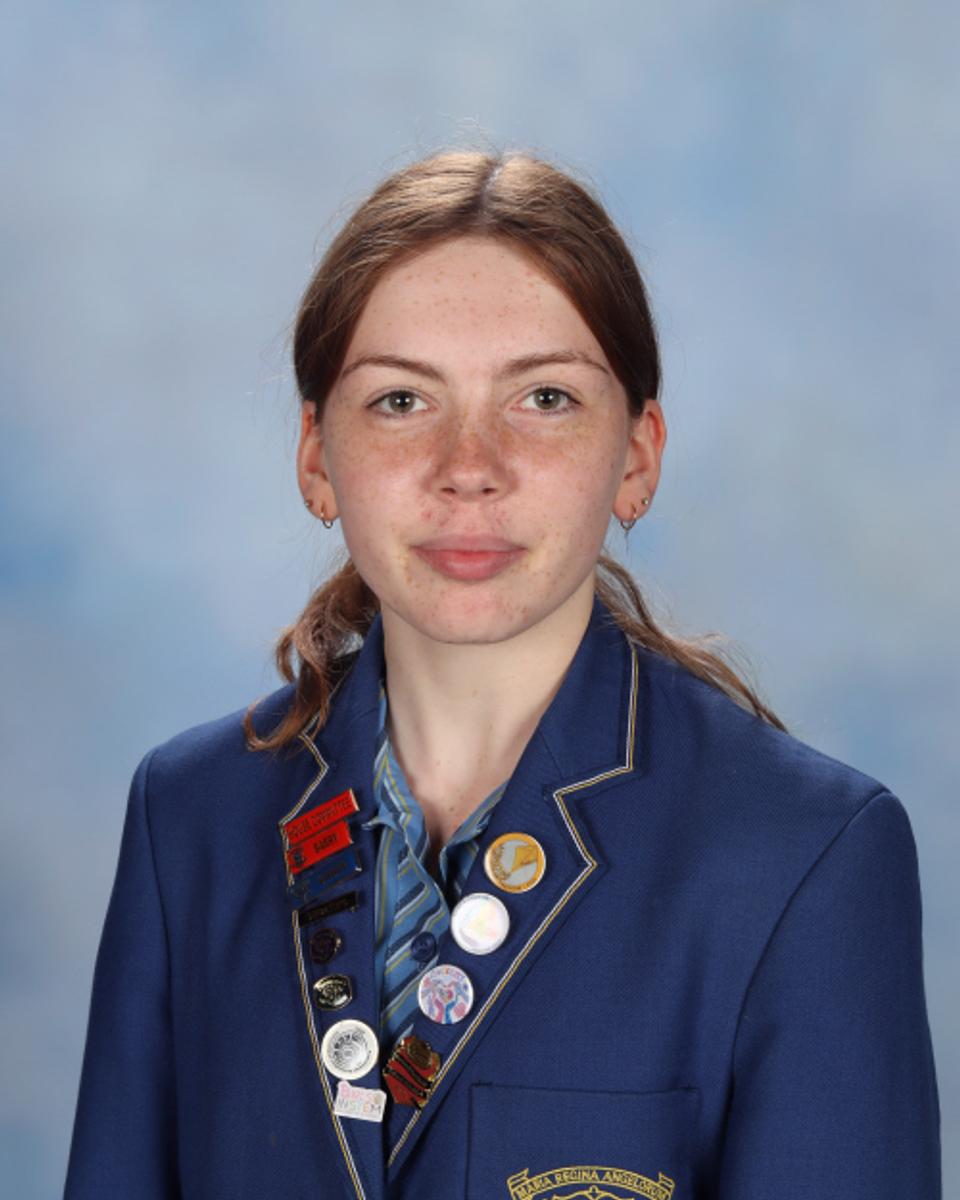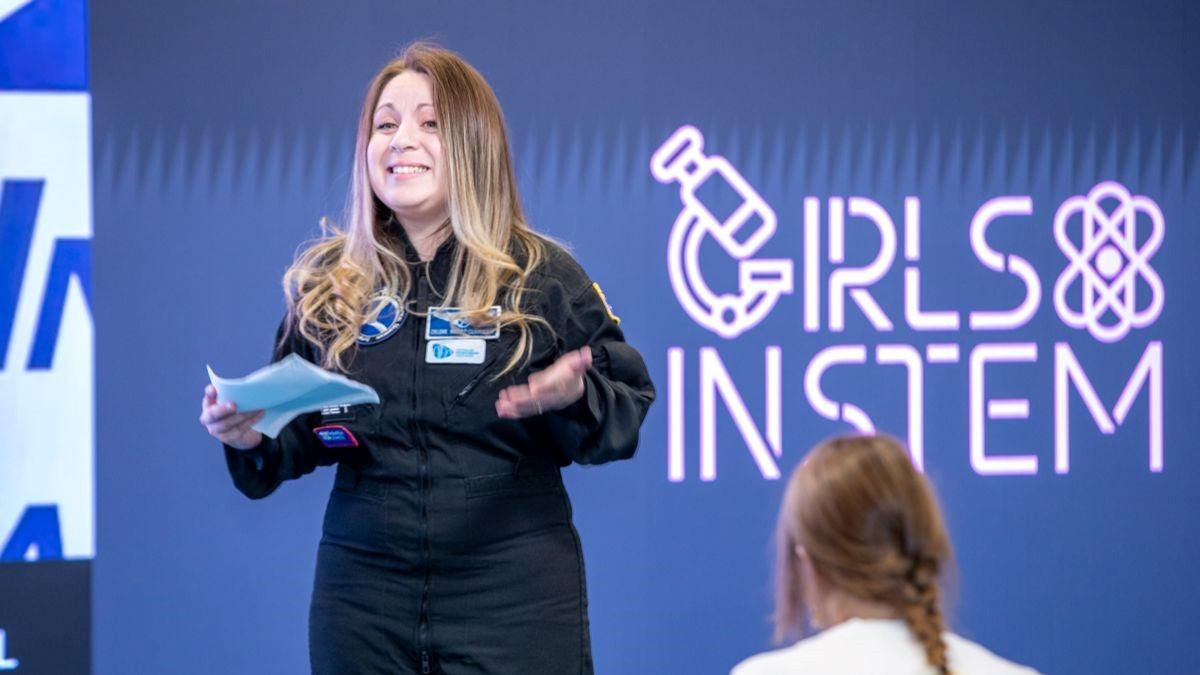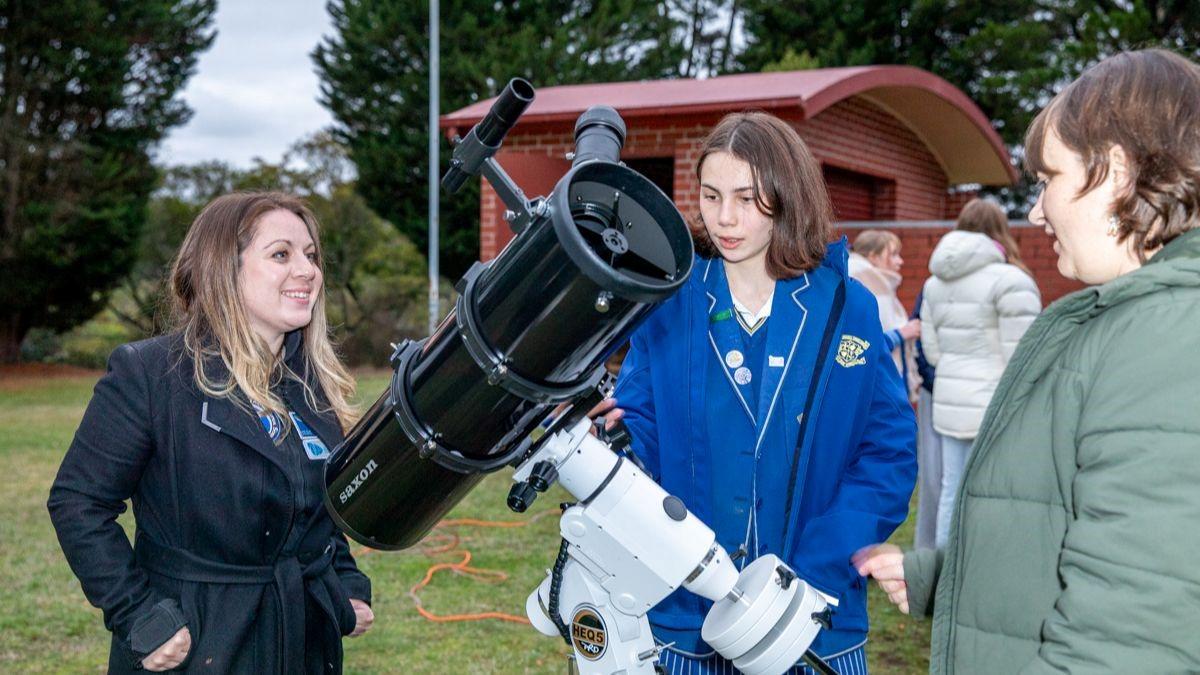STEM News
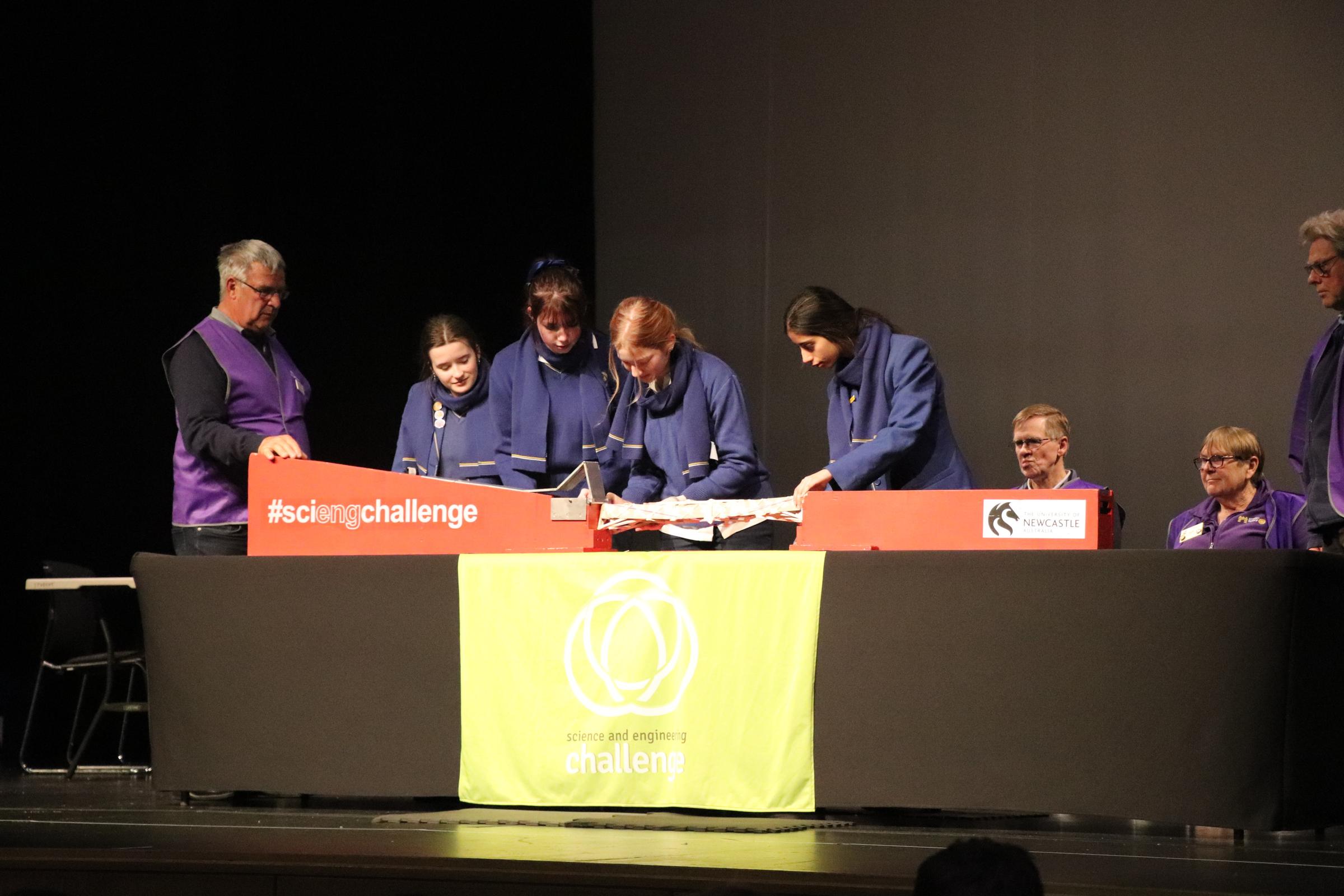
By Stephen Boswell - Faculty Coordinator: Maths
Ballarat Science and Engineering Challenge
On Tuesday 29 July, a team of Year 10 students participated in the Ballarat Science and Engineering Challenge at Federation University against eight other Ballarat and surrounding district schools. The aim of the day was to showcase our STEM talents in a number of STEM activities such as; designing an eco-habitat to withstand high winds; building a model glider to be launched using an electronic ejection machine; designing an electricity system to provide the lowest-cost electricity to a city; designing and building an effective wind turbine and; designing and building a bridge to withstand a weighted cart. Overall, our students did an amazing job, coming in third place for the day!
STEM Academy Program
By Sandy Liu - Year 10
These two days captured our experience in the STEM Academy: Engineering program. We began with a team-building activity where we worked in groups to build a tent. This hands-on challenge was a fun and effective way to break the ice and get to know one another. It encouraged teamwork, communication, and problem-solving skills, helping us build trust and cooperation within our groups.
Afterward, we met our assigned mentors, who shared valuable insights into their daily roles, career paths, and the challenges they face as engineers. We learned about four types of engineering: Civil, Mechanical, Electrical, and Chemical. These conversations helped us understand the real-world applications of engineering, gave us the opportunity to ask questions, and allowed us to explore potential career pathways in greater depth.
Later, we participated in an Energy Engineering: Site Suitability Simulation, where each group member took on a specific engineering role—Financial, Planning, or Design Engineer. Together, we evaluated the sustainability and profitability of a proposed project. This activity highlighted the importance of collaboration across different fields and gave us a glimpse into the daily responsibilities of real-life engineers.
On the second day, the group split into two. One half visited Haymes Paint, where we learned how engineers contribute to paint production, quality control, and process improvements. The other half took part in the Electrical Systems Challenge, which involved coding and exploring how electrical components function in vehicles.
These activities combined technical learning with teamwork, giving us a deeper appreciation for the diversity of engineering and its impact on everyday life.
Girls in STEM - Inspiration Story
By Isabel Wise - Year 10
Celene Meraz-Benavente: Reaching for the Stars
Celene Meraz-Benavente’s journey — from a humble upbringing in the quiet corners of Colorado, USA, to aspiring astronaut — is a testament to resilience, determination, and the transformative power of STEM education. From a young age, Celene was fascinated by the stars above her, but her understanding of what her career could look like only began to take shape after she was accepted into Grand Canyon University. During a spring semester program in Florida, she not only deepened her academic interests but also met her future husband, eventually leading her to move to Australia.
After completing her studies at GCU, Celene relocated to Australia in 2015 and enrolled at Federation University, where she pursued a Bachelor of Physiotherapy. This decision would later prove to be a key connection to her aspirations in space exploration.
In 2023, Celene participated in the Scientist-Astronaut Qualification Program with the International Institute for Astronautical Sciences. This immersive training included parabolic flights allowing her to experience simulated microgravity and hypoxic training, which exposed her to low oxygen levels. Both are essential components of space travel preparation.
Her physiotherapy background proved invaluable during these exercises. For example, during the parabolic flights, Celene applied her knowledge of cardiorespiratory techniques to manage the physical stress of experiencing gravitational forces up to three times that of Earth’s gravity. She also conducted research on balance deficits before and after exposure to microgravity, aiming to improve astronaut safety during missions.
In 2024, Celene advanced her training by participating in further research in Ottawa, Canada, focusing on parabolic flight and spacesuit mobility. Her experiments assessed balance deficits caused by microgravity exposure, contributing to a deeper understanding of astronaut health and performance in space environments.
Looking ahead, Celene is preparing for further training and research, including sub-orbital missions that will explore regions of near-space where current scientists have had limited opportunities to conduct research. Her work will help us better understand this part of Earth’s atmosphere and how it connects to existing scientific findings.
Celene’s story is a powerful reminder that with determination and community support, anyone can overcome challenges and reach for the stars. Her unique blend of physiotherapy expertise and astronautical training positions her as a promising contributor to the future of space exploration. We can’t wait to see what she achieves next.

